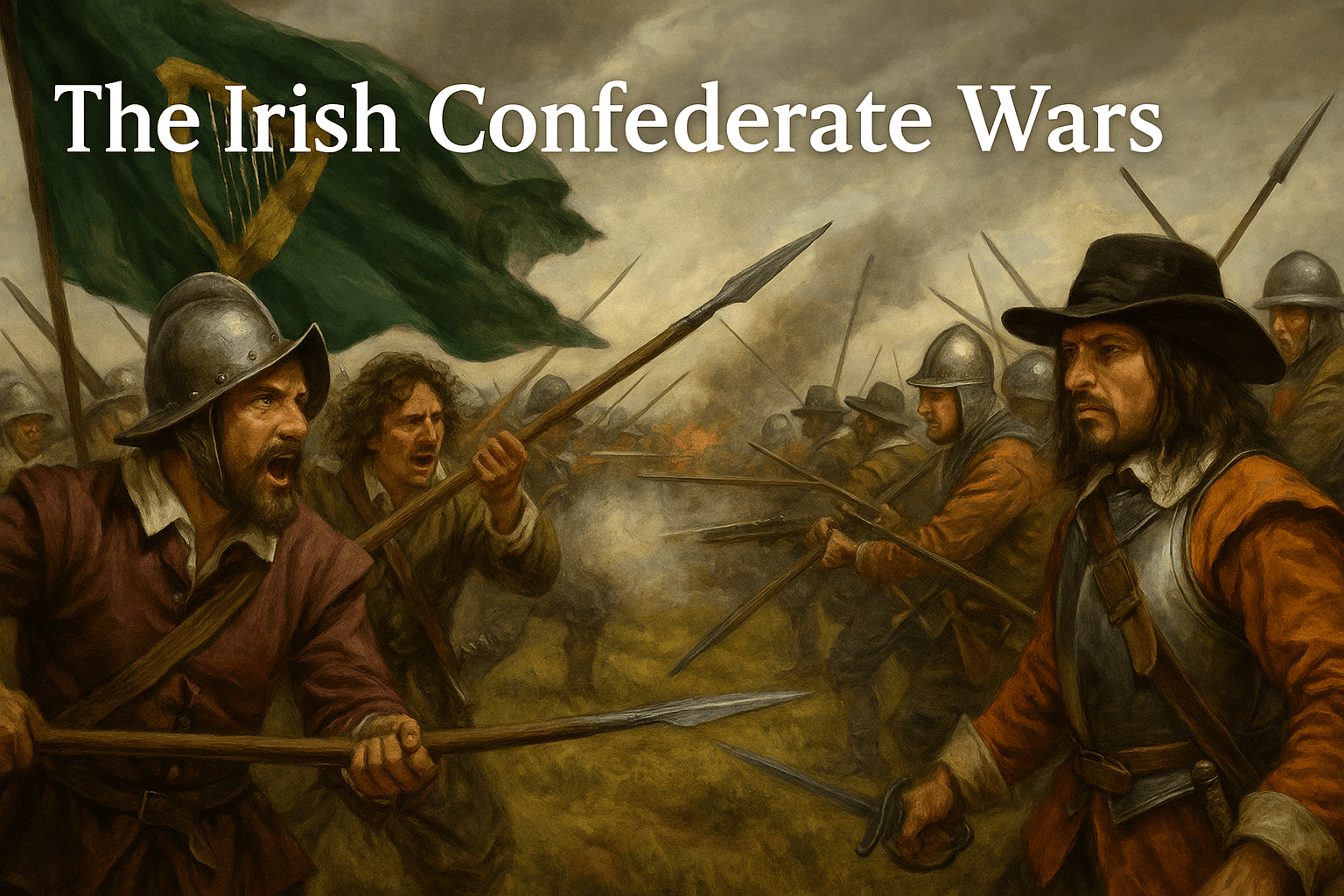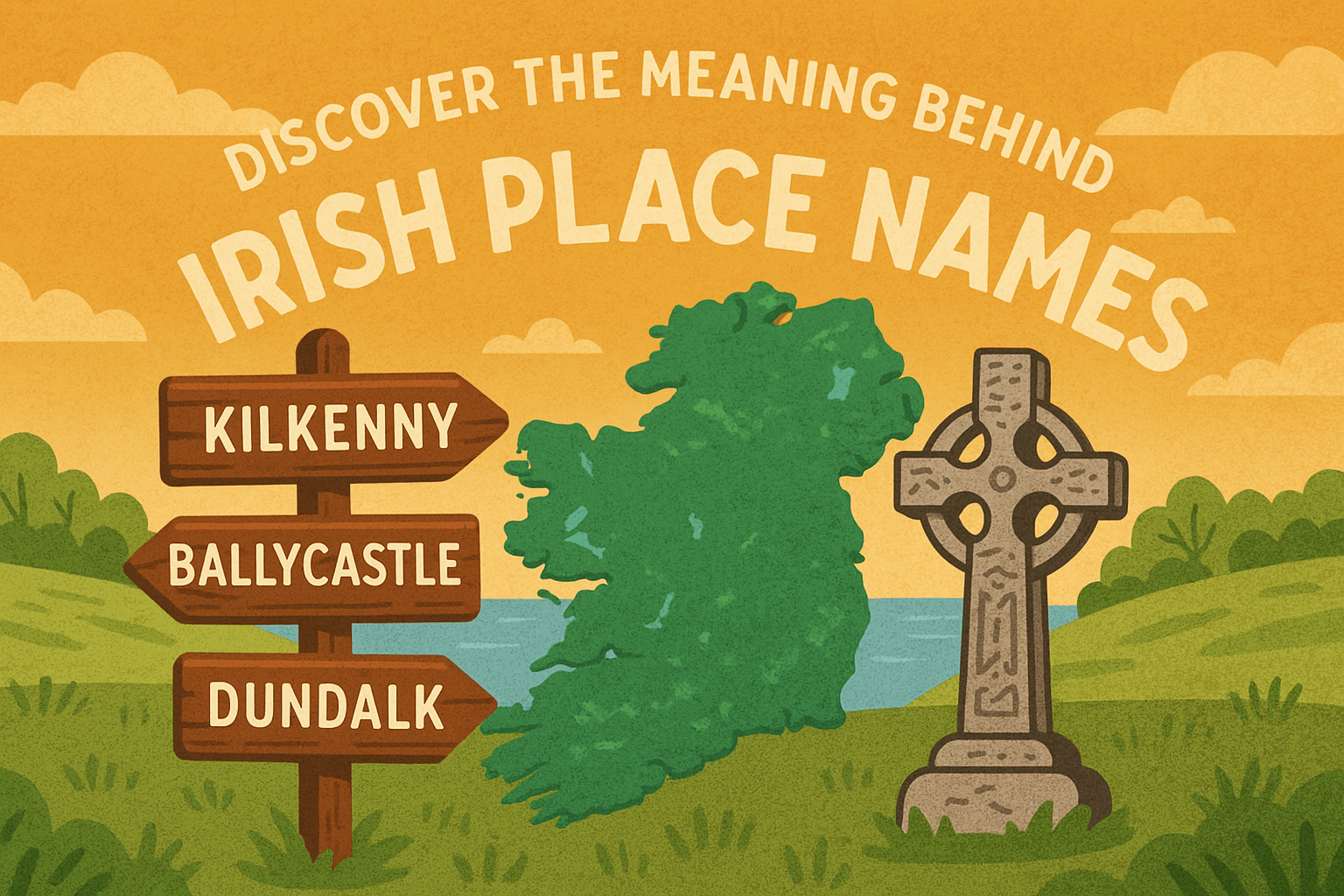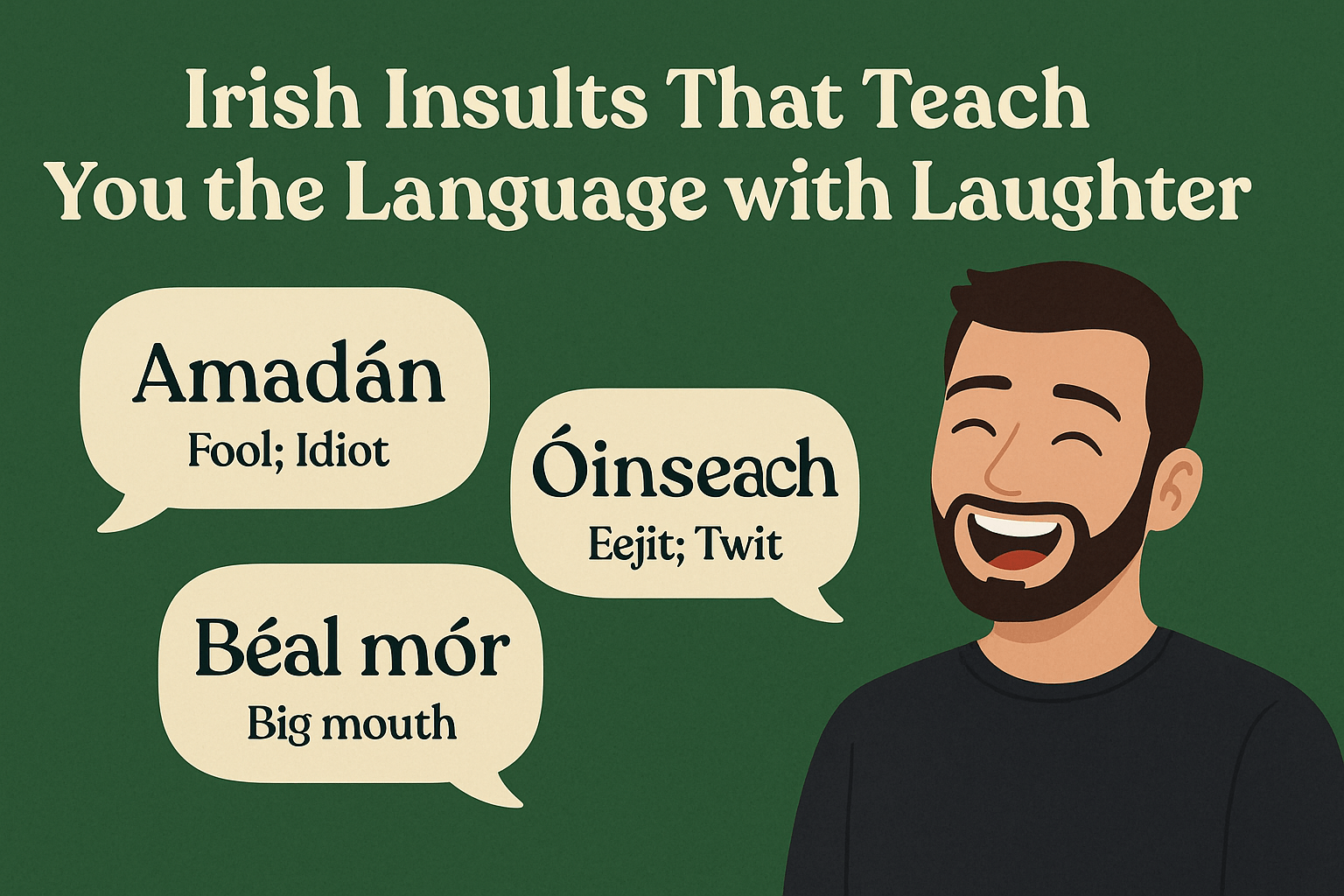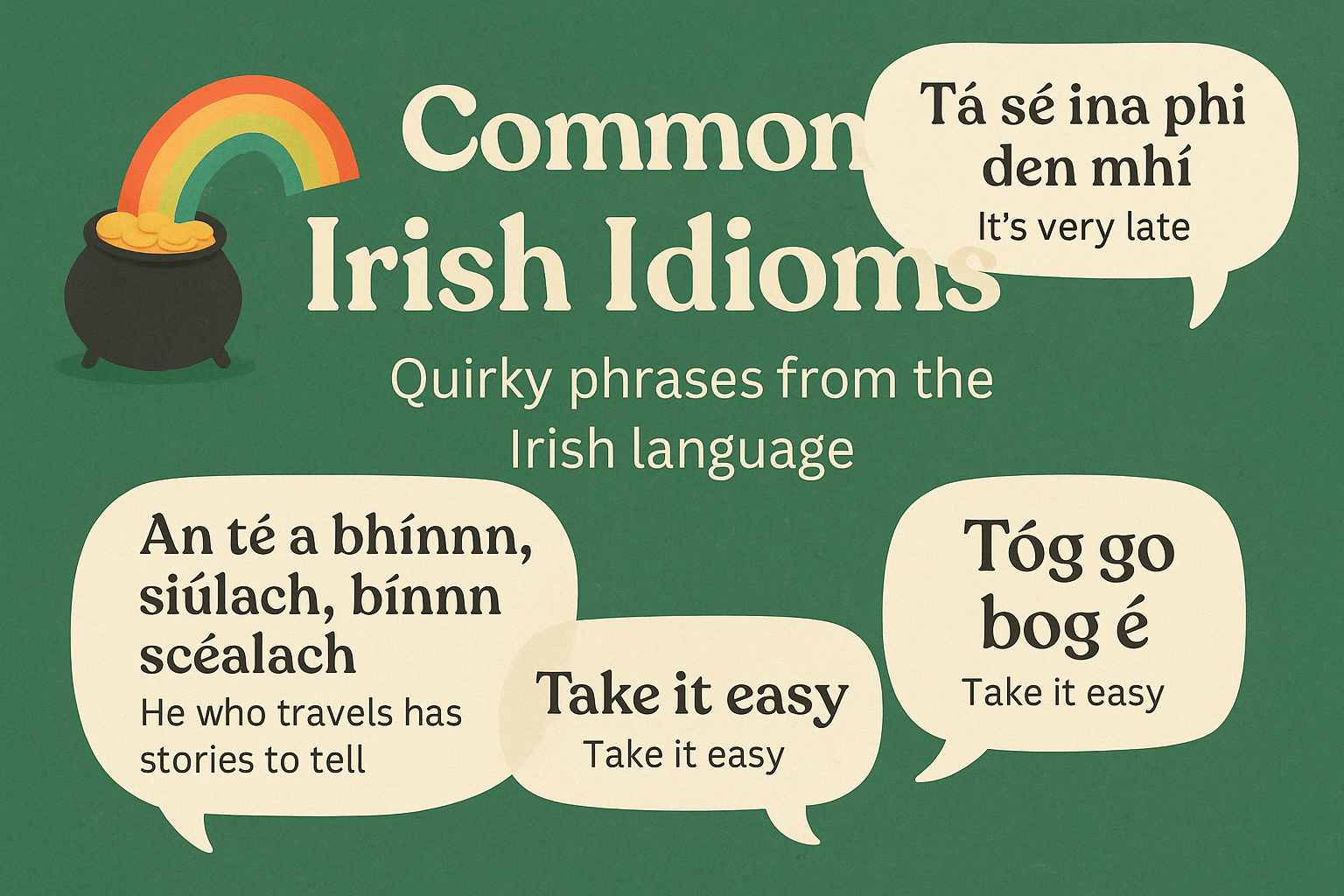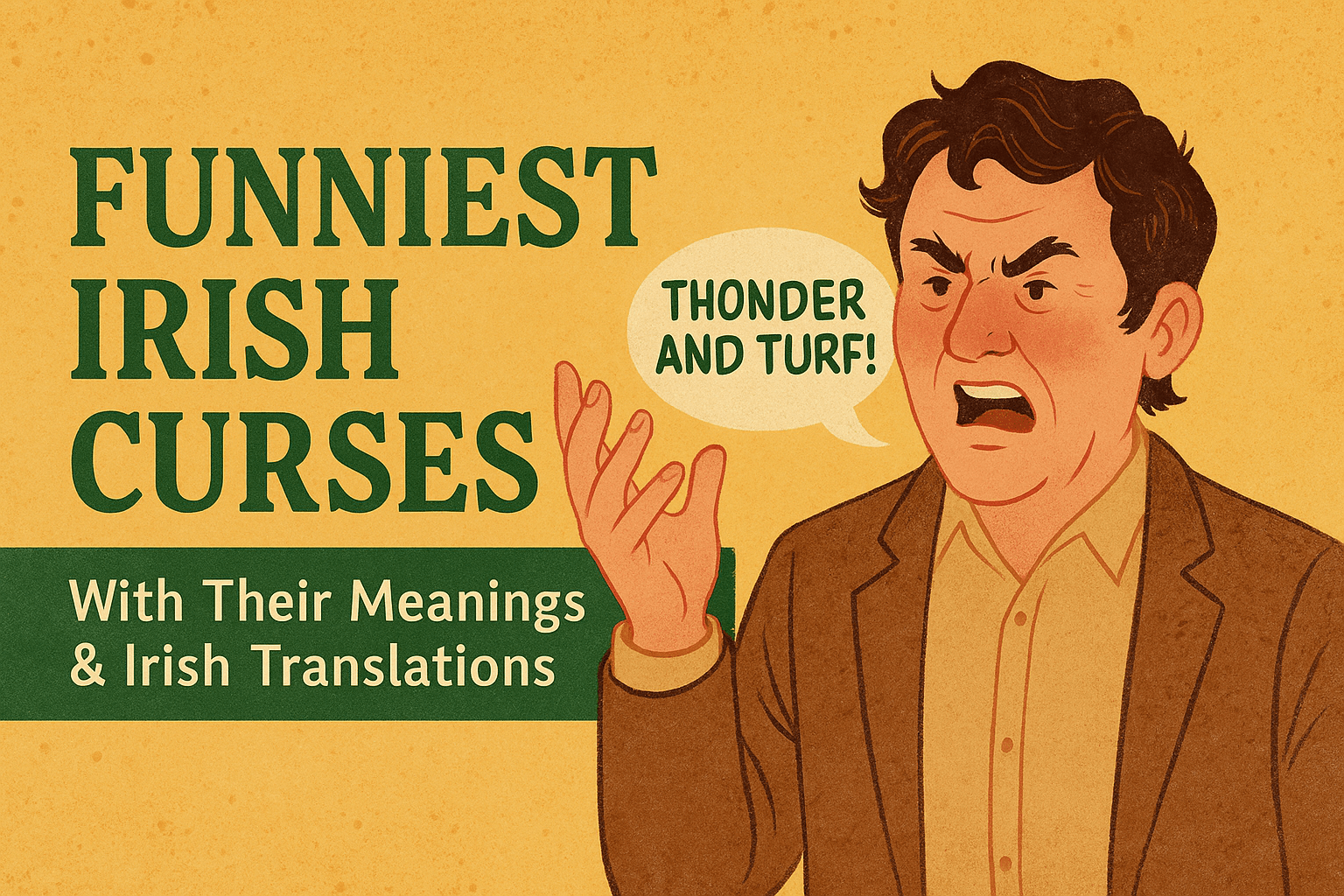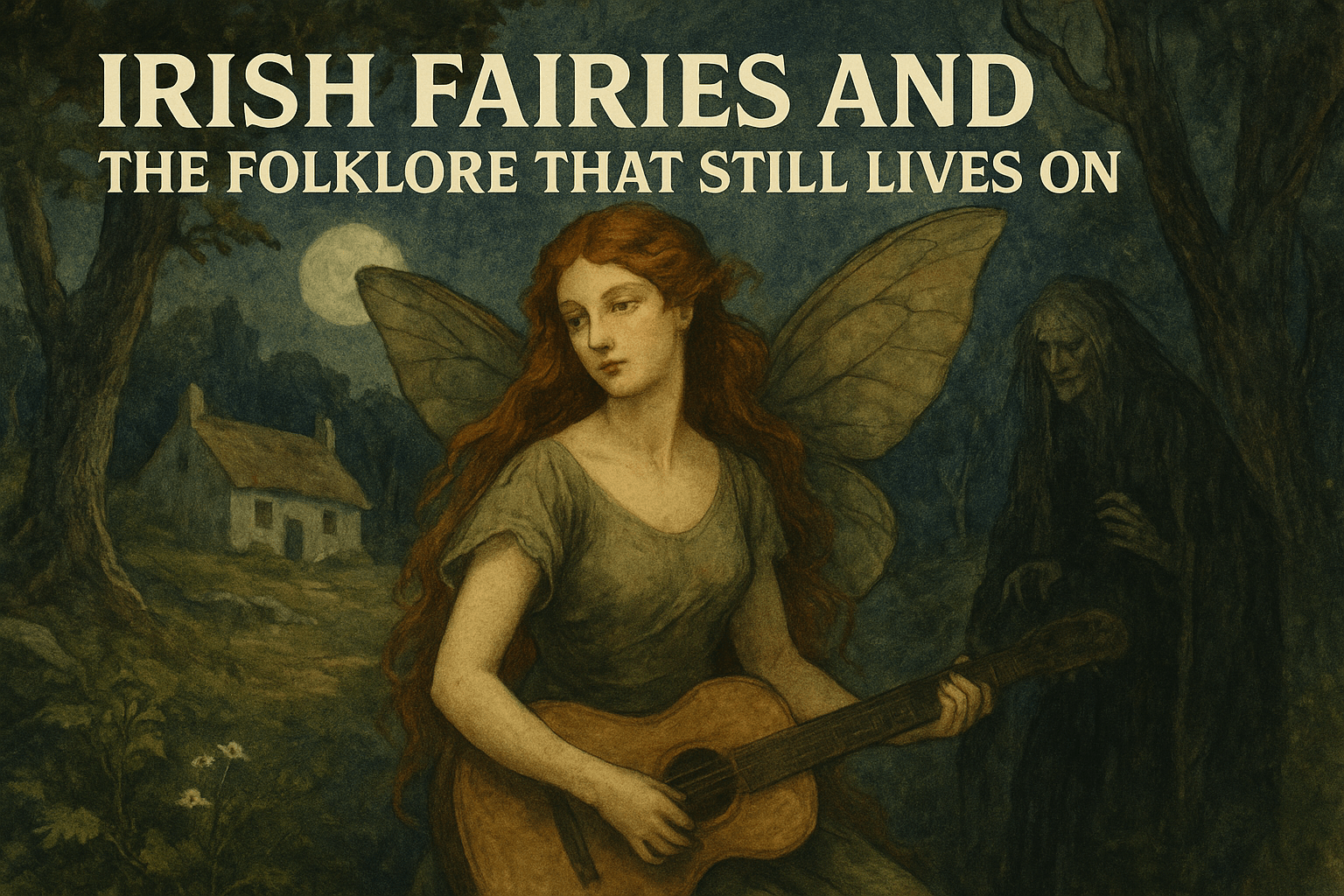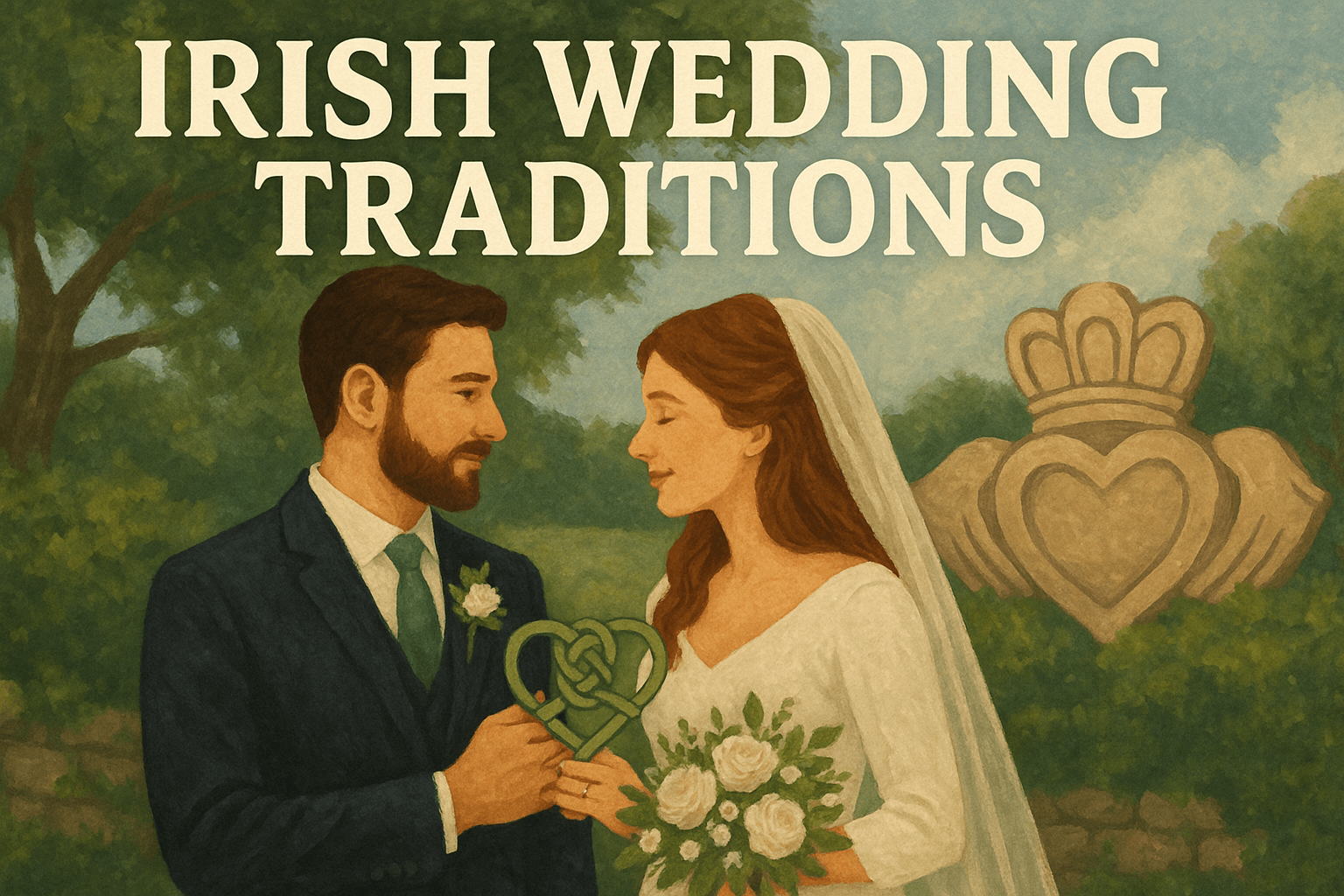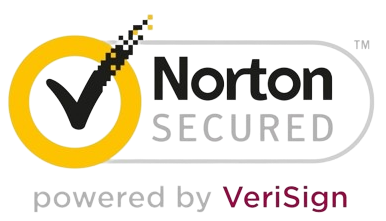The Irish Confederate Wars were among the most defining conflicts in Ireland’s long and complex history. Spanning from 1641 to 1653, these wars were not just battles over land and power but struggles for religious freedom, national identity, and cultural survival. For learners of the Irish language, understanding the events of this turbulent time offers a deeper appreciation for the resilience of the Irish people and the importance of preserving the Irish language (Gaeilge) today.
At Gaeilgeoir AI, we believe that connecting language to history makes learning more engaging and meaningful. That’s why we’re exploring how the Irish Confederate Wars shaped the cultural and linguistic landscape of Ireland—and how this legacy lives on in our modern efforts to revive Gaeilge.
What Were the Irish Confederate Wars?
The Irish Confederate Wars were a series of civil wars that erupted in Ireland during the mid-17th century, closely linked to the larger Wars of the Three Kingdoms, which also included the English Civil War and Scottish conflicts.
The wars began in 1641 with a Catholic uprising against English and Scottish Protestant settlers in Ulster. Over time, these conflicts evolved into a broader campaign involving Irish Catholics, English Royalists, Scottish Covenanters, and English Parliamentarians—all competing for control of Ireland.
Major Phases of the Conflict:
- 1641 Rebellion – Sparked by Catholic fears of repression, Irish rebels launched a surprise uprising in Ulster.
- Confederate Ireland (1642–1649) – The Catholic Confederation of Kilkenny governed most of Ireland, seeking religious and political autonomy.
- Cromwellian Conquest (1649–1653) – Oliver Cromwell’s brutal military campaign ended Confederate control and led to mass land confiscation.
Causes Behind the Conflict
Understanding the Irish Confederate Wars means exploring the deep-rooted tensions that fueled them. These included:
- Religious Division: Catholics vs. Protestants, with Irish Catholics seeking religious freedom in a Protestant-controlled system.
- Land Disputes: Generations of colonization (especially during the Plantations) displaced Irish landowners, building resentment.
- Political Marginalization: Irish Catholics had little political representation or influence in English-ruled Ireland.
- Fear of Cultural Erasure: Irish identity—especially language and religion—was under threat from English policies.
This intersection of political, religious, and cultural struggle is what makes the Irish Confederate Wars so significant in Irish history.
The Role of Language and Identity
During the wars, Irish culture and the Irish language remained central to Catholic and nationalist identity. Though English became more dominant, Irish was still the mother tongue of most of the rural population. The war years were marked by sermons, letters, and poetry written in both Irish and Latin, affirming the importance of language as a tool for unity and resistance.
Today, we see echoes of this legacy in efforts to preserve and promote Irish through tools like Gaeilgeoir AI. Our mission aligns with historical efforts to safeguard Ireland’s linguistic heritage in the face of adversity.
If you’re curious about how language connects to rebellion and national pride, don’t miss our post on Irish Revolutionaries Learning Gaeilge.
Key Figures of the Irish Confederate Wars
Several historical figures emerged during this time—some heroes, others controversial. Here are a few notable individuals:
1. Owen Roe O’Neill
A veteran of Spanish wars, he returned to Ireland to lead Confederate forces. He played a key role in major victories like the Battle of Benburb in 1646.
2. Thomas Preston
Commander of Confederate forces in Leinster and rival of O’Neill. Their rivalry weakened the overall effectiveness of the Confederate army.
3. Oliver Cromwell
Sent by the English Parliament to crush Irish resistance, Cromwell’s campaign was infamous for its brutality, particularly the massacres at Drogheda and Wexford.
Cultural Impact of the Wars
While the Irish Confederate Wars ended in military defeat for Irish Catholics, their cultural and linguistic legacy endured. Here’s how they influenced Irish heritage:
- Mass Land Redistribution: Irish Catholics lost most of their land, fundamentally altering the country’s social structure.
- Suppression of Catholicism: Penal laws followed, limiting education and religious practice for Catholics.
- Decline of Gaelic Nobility: Many Irish aristocrats were killed, exiled, or impoverished—breaking a link to the traditional Gaelic order.
- Language Shift: Though Irish persisted among the rural poor, English began to dominate in administration and education.
But despite these losses, Irish language and culture survived—and eventually began to revive. That’s why understanding this era is so powerful for modern Irish learners.
How Gaeilgeoir AI Can Help You Connect with Irish History
Learning about the Irish Confederate Wars isn’t just about battles and dates—it’s about understanding the roots of Irish identity. At Gaeilgeoir AI, we integrate historical and cultural context into your learning journey with features like:
- Historical Word Contexts – Learn Irish words used in 17th-century texts.
- Pronunciation Tools – Hear how older Irish terms may have sounded.
- Interactive Grammar Lessons – Understand the structure of Irish as it evolved through different eras.
Explore more in our Online Irish Language Courses to see how we blend technology with culture.
Studying the Confederate Wars as a Language Learner
Here’s how you can use this historical period as a gateway to learning Gaeilge:
1. Explore Primary Sources
Read historical documents, letters, and poems from the era. Many are now available in translation, and some feature original Irish texts.
2. Learn Key Vocabulary
Terms like comhcheilg (conspiracy), reibiliúnach (rebel), and cogadh (war) are great additions to your vocabulary list.
Check out our Expand Irish Vocabulary guide for help.
3. Engage with Irish Place Names
Many sites of battles and events still bear Irish names that reflect their history. Understanding these names gives insight into the past and helps with pronunciation.
Explore more in our What Does Slieve Mean in Irish? article.
Learn Language Through History
The Irish Confederate Wars offer not just historical insight, but a meaningful way to connect with the soul of Irish identity. Understanding the struggles of the past helps us better appreciate the resilience of the Irish language today.
If you’re inspired to begin—or deepen—your journey into Gaeilge, we invite you to sign up for a free trial of Gaeilgeoir AI. Our platform brings the language to life with intelligent tools, cultural context, and a welcoming community of learners.
Final Thoughts
The Irish Confederate Wars marked one of the darkest but most defining eras in Irish history. They were a crucible in which Irish identity, language, and resistance were tested. And while the wars ended in loss and hardship, they also left behind a legacy of resilience that lives on in the language we continue to speak, learn, and love.
Ready to begin your journey? Join Gaeilgeoir AI today and be part of a community preserving Irish for the future.
